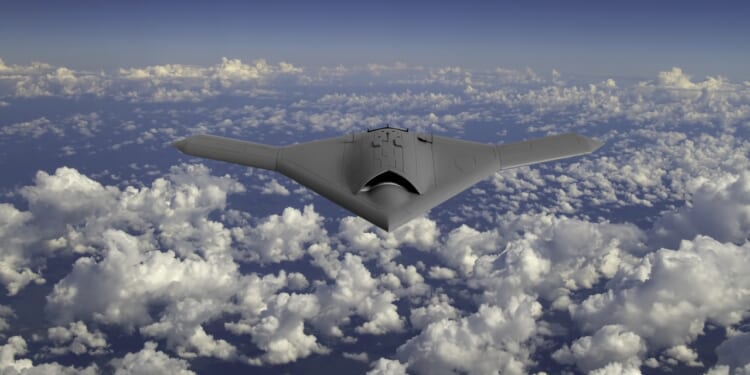Together, the two bombers offer China a layered bomber corps, with long-range stealth for global posturing and a fast, survivable strike option for near-term coercion.
As China’s revisionist ambitions grow, so too does its need for military modernization. Central to that modernization effort is a revamp of the bomber corps—which for decades has been a relic of the Cold War, consisting mostly of Soviet Tu-16 clones known as the H-6. Incapable of meaningful power projection, the H-6 is ill-suited to the Xi regime’s intention to be a global actor.
Accordingly, China is pursuing two converging bomber programs, each offering insights into the country’s strategic direction. First, China is operating the H-20, a stealth intercontinental bomber. And second, it is reportedly developing the new “JH-XX,” a medium-range stealth strike aircraft. Together, the two bombers embody China’s attempt to rewrite the military geography of the Pacific and alter the balance of power.
The H-20: China’s Flying Wing Stealth Bomber
Developed by Xi’an Aircraft Corporation, the H-20 is a strategic game changer. While little is known of the program, which has been shrouded in secrecy, satellite imagery has revealed some basic parameters: the H-20 appears to be a flying-wing stealth bomber comparable to the Northrop B-2 Spirit and the forthcoming B-21 Raider.
The H-20 is believed to have a combat radius of up to 5,000 kilometers, which would pull Guam, Australia, and possibly even Hawaii into range for H-20s stationed on the Chinese mainland. The H-20 will presumably carry both nuclear and conventional payloads internally, with the ability to operate with low observability and high survivability.
If true, the H-20 will give China its first ever strategic bomber. It would also complete China’s nuclear triad with an air-based nuclear option—a watershed moment in the country’s military capabilities, sure to shift the entire deterrence landscape.
We Still Don’t Know Much About the JH-XX Bomber
Rumored to be in development with the Shenyang Aircraft Corporation, the JH-XX offers the Chinese tactical options. Billed as a stealthy twin-engine medium bomber, the JH-XX would serve as a regional strike platform. With an estimated range of 2,000-3,500 kilometers and a. 10- to 20-ton payload, the JH-XX would presumably bridge the gap between the H-6 and the H-20. Analysts suspect the JH-XX would specialize in anti-surface warfare, rapid precision strikes, and nuclear or conventional theater deterrence—likely with the ability to penetrate contested airspace in the region, marking a significant threat to US forces and airbases operating in the Indo-Pacific.
The H-20 represents China’s bid for strategic parity with the United States. The JH-XX represents China’s bid for supremacy throughout the Indo-Pacific region. Together, the two bombers offer China a layered bomber corps, with long-range stealth for global posturing and a fast, survivable strike option for near-term coercion. If China can pull the projects off, the dual-layers would dramatically alter China’s strategic and tactical standing, while enhancing their anti-access/area denial (A2/AD) capabilities. In short, the two bomber programs will be putting the US on notice.
The US is tracking these developments. China’s pursuit of two bomber programs demonstrates a shift in doctrine, which appears to be expanding beyond merely defending the homeland into something tailored towards defending interests more broadly. Complemented by a massive shipbuilding spree, and island building in the South China Sea, China’s modernizing bomber corps threatens to erode US military dominance in Asia.
About the Author: Harrison Kass
Harrison Kass is a senior defense and national security writer at The National Interest. Kass is an attorney and former political candidate who joined the US Air Force as a pilot trainee before being medically discharged. He focuses on military strategy, aerospace, and global security affairs. He holds a JD from the University of Oregon and a master’s in Global Journalism and International Relations from NYU.
Image: Shutterstock / Keith Tarrier.


















